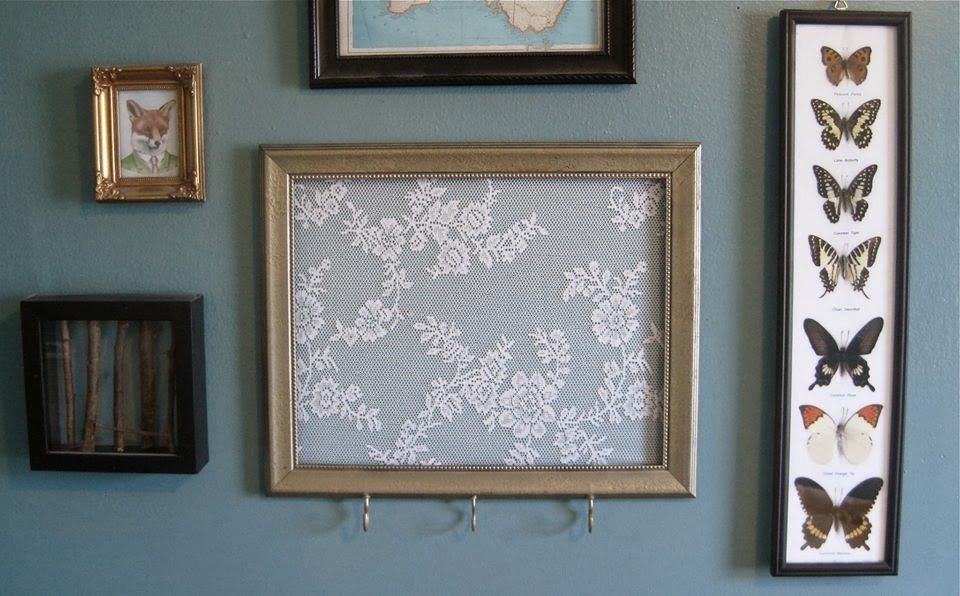So, I ended up doing a little experiment today after some research and I'm really happy with the results!
I have always wanted to use chalk-paint to refinish a piece of furniture, but balked at the price of pre-made paints. Brands like "Annie Sloan Chalk Paint" can run almost $35/quart! Being the cheap...ahem... THRIFTY person that I am, I thought that there must be a less expensive way to do it!
After some research, I found there are several different recipes floating out there on the interweb that included (but are not limited to) adding unsanded grout, Plaster of Paris, smashed sidewalk chalk, or baking soda to regular latex paint to get that antiqued matte finish.
At first I thought Plaster of Paris seemed like a good idea since it seemed to be used by many pro furniture refinishers, but after doing some digging I found that it could potentially be highly carcinogenic to use. I have a young child, and do not like the idea of carcinogens floating around where he is, so I opted to try the baking soda method. I wasn't expecting great results because, honestly, how could some 80-cent off brand baking soda get the same look as a $40/quart of paint?
But I was pleasantly surprised. It turned a $15 thrift table that was super glossy and much to red/orange finished for my taste:
 |
| BEFORE |
Into a "shabby chic" masterpiece!
 |
| AFTER! |
Things You Will Need:
-1/2 cup baking soda
-3 Tbsp water
-1 cup latex paint (I used Glidden Low VOC Duo)
-Plastic mixing bowls
-Paint brush
-Drop Cloth
-MinWax paste finishing wax
-Fine grain Sand paper (optional)
1.) Pour 1/2 cup baking soda into one of the plastic mixing bowls and add 3 Tbsp COLD water. Mix until baking soda is completely liquified and no lumps remain.
2.) Pour 1 cup latex paint of your choice into a separate mixing bowl. Add baking soda mixture and stir until well combined.
3.) Paint your furniture using long, even strokes. The paint mixture dries quickly, so keep this in mind. I like to press the brush to make some of the underlying wood show through and get that "shabby chic" vibe. You may need 2 coats depending on the look you want, so allow at least 30 minutes of dry-time between coats.
4.) If you are wanting an additional "aged" look to your furniture, use sandpaper to lightly sand down edges, corners, knobs or any other place that would be worn naturally over time.
 |
| Create a "weathered" appearance with sandpaper |
 |
| Sanding on feet |
5.) Apply coat of Minwax finishing paste with a clean rag. After it dries, you may buff it with a rag to get some shine.
All done! It was so easy and inexpensive that I wish I would have tried it sooner! Next, I have some dining room chairs that are calling for some yellow chalk paint...











































